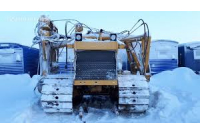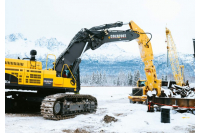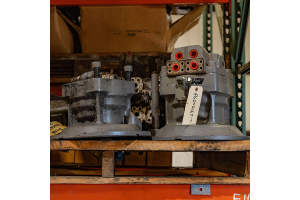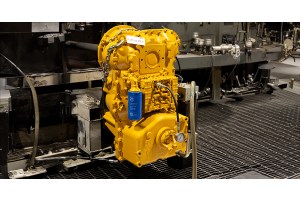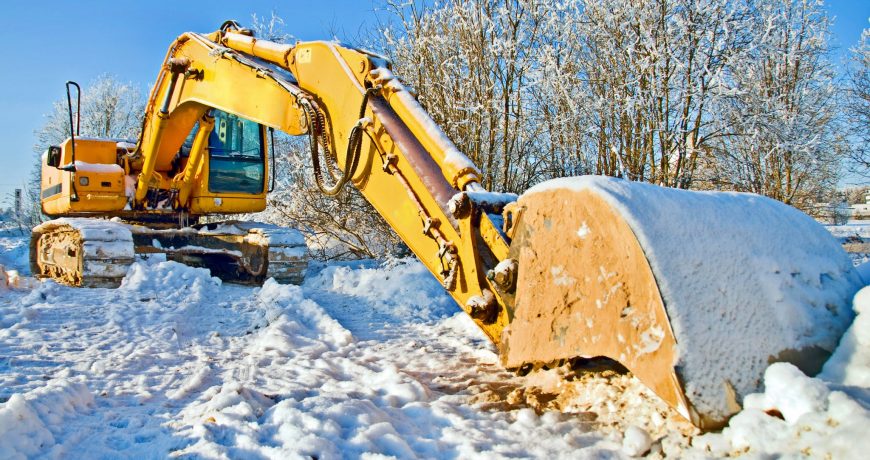
Winter is here meaning it is frigid cold outside. Ok, so you live in Texas, Arizona, Florida or one of those nice warm toasty states. Good for you. For the rest of us, surviving the cold months is part of life.
When it comes to your heavy construction machines, the cold weather introduces another set of challenges for you and your machine. Here is a look at some of the important things to do to keep your machine running right when the temperatures drop into the single digits.
Make sure you have the right fluid for your machine. From the engine and transmission to the swing reduction and final drives, using the right lubricants is super important in making sure your machine runs efficiently.
It’s imperative to check fluid levels, but when the weather gets cold it’s even more critical to ensure your oil and hydraulic fluid is where it should be.
In cold temperatures, hydraulic lines can crack so it is important to condition them. Run the machine until oil temperature reaches about 150 degrees and continue running the machine for an hour. Use arctic hydraulic oil for colder months. Always run the machine until the engine reaches operating temperature.
If possible, park machines inside away from the elements. This will make the machine easier to start and make it so you won’t have to brush a ton of snow off of it before you can get to work. Store fluids in warm places to prevent freezing and remove attachments if you aren’t using the machine for a while. This will help prevent damage.
Block heaters are usually the easiest way to get your engine going in cold weather by increasing fluid temperatures.
When it comes to the engine, fueling in cold weather requires extra care. It’s easier for water and other contaminants to get into the fuel tank so be aware of what is on your fueling nozzle, such as ice or other debris.
When you’re done using the machine for the day, fill the tank up to avoid a frozen fuel tank. That is a major headache you just don’t want to deal with. Also, drain water from the water separator on a daily basis before refilling the tank.
Diesel exhaust fluid or DEF freezes at prolonged exposure to temperatures in the single digits so make sure the area you choose to store it is well-insulated.
It’s a good idea to pay special attention to the condition of fuel, air, and hydraulic filters. Be sure to check, maintain, and replace filters when needed to improve your machine’s performance.
Cold weather can result in a dead battery. Low temperatures require batteries to generate twice as many cranking amps in order to turn the engine over. Be careful when it comes to charging a battery in cold weather. Make sure jumper cables are hooked up correctly, Attempting to charge a frozen battery could cause it to explode. When the mercury drops below zero, it’s a good idea to actually pull the battery and store it indoors. This will help your machine start faster the next day.
Starting your engine and keeping it running right is one challenge for operators in cold weather, but not the only one. If you own a wheel loader, articulated truck, or another machine with tires, be sure they are inflated properly. Tires will lose pressure faster in cold weather so be sure to fill them to the proper PSI each time before you start using the machine. Inflate the tires in a warm area. Not only is this more comfortable for the person doing the maintenance, but it helps the tire bead seat better. Caterpillar recommends using dry nitrogen gas to eliminate ice crystals which hold the valve stem open.
Implementing these simple tips will definitely save you from dealing with the elements longer than you want or need to when temperatures drop so low you start dreaming about moving to Texas, Arizona, or Florida!
If the cold weather does cause your machine to go down, call ConEquip Parts for help getting back up and running again!




